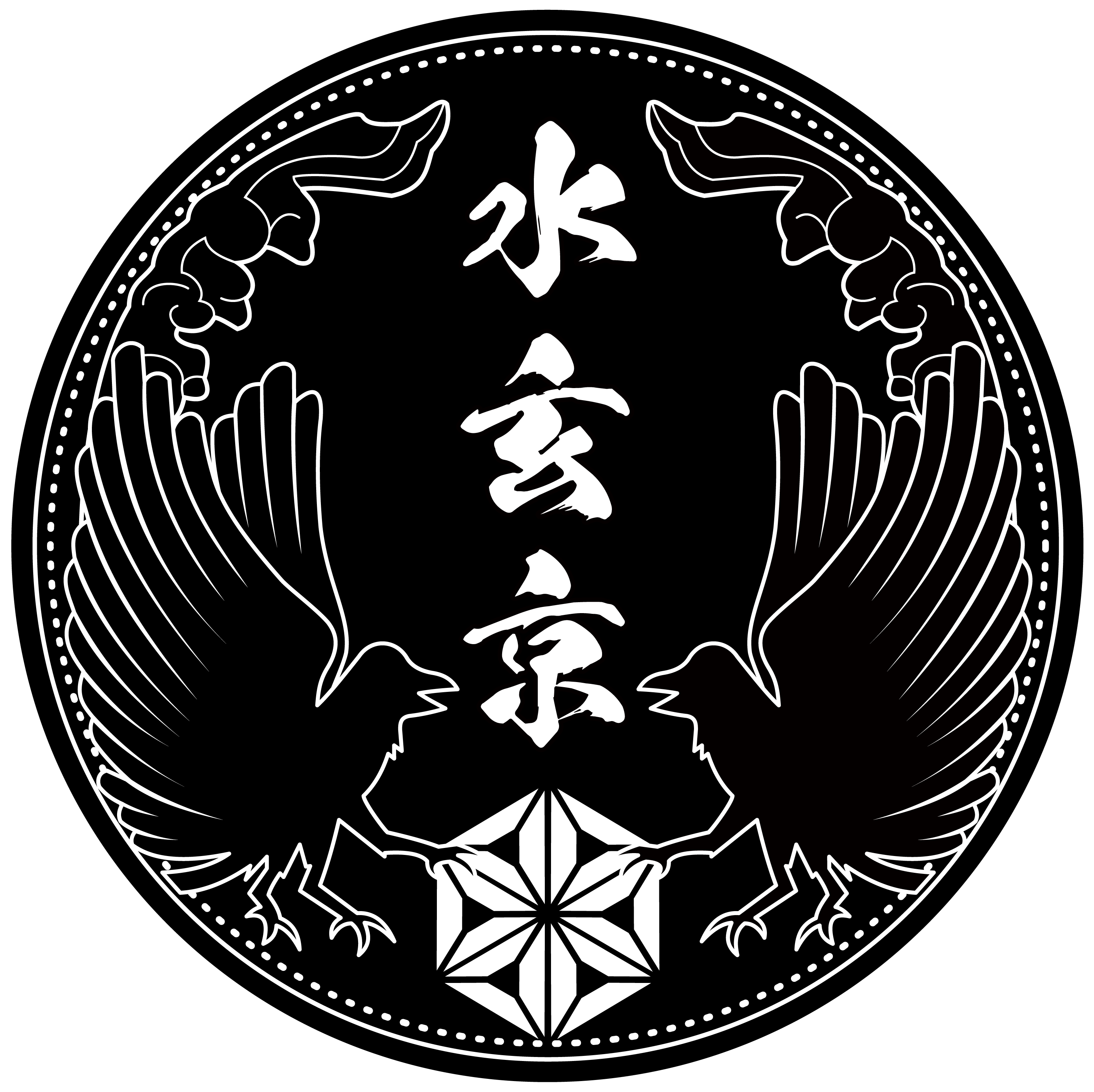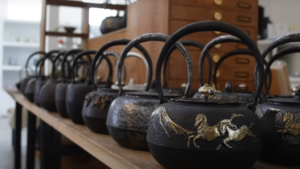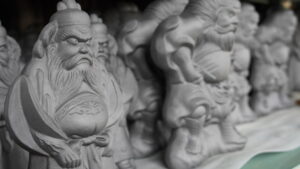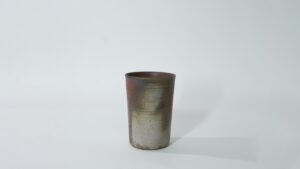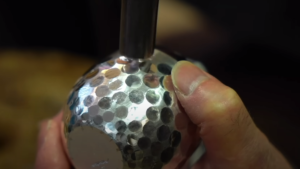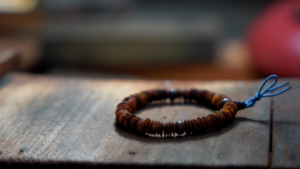Introduction
Discover the captivating world of Japanese cloisonné vases, where intricate craftsmanship and artistic elegance converge. In this article, we delve into the origins and essence of cloisonné art, exploring the allure of these exquisite vases that showcase the epitome of Japanese craftsmanship. From the delicate sakura motifs to the meticulous process behind their creation, let’s embark on a journey to appreciate the beauty and cultural significance of Japanese cloisonné vases.
Cloisonné Art: A Glimpse into Tradition
Cloisonné, known as “shippo” in Japanese, is an ancient decorative technique that involves the intricate fusion of metalwork and enameling. The term itself originates from the French word “cloison,” meaning compartment, which accurately describes the process. In the case of cloisonné vases, fine wires are meticulously placed on a metal surface, forming intricate patterns and designs. These compartments are then filled with vibrant enamel, fired to create a lustrous and enduring finish.
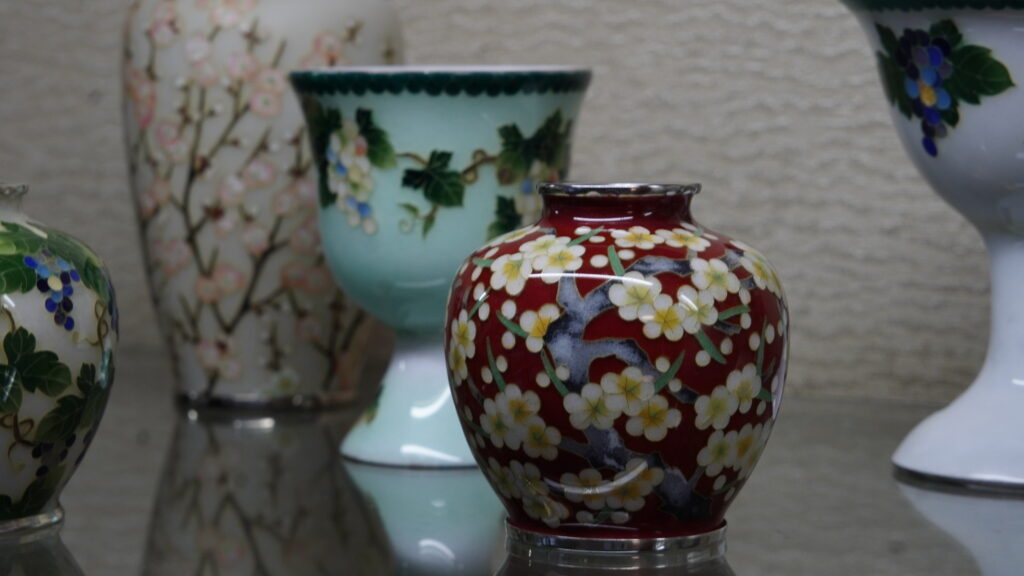
Japanese Cloisonné Vases: A Synthesis of Beauty and Craftsmanship
The allure of Japanese cloisonné vases lies not only in their visual splendor but also in the unparalleled craftsmanship that goes into their creation. Each vase is a testament to the skill and dedication of the artisans who painstakingly craft them. From the earliest examples dating back to the Edo period, these vases have been cherished as symbols of refinement and artistry.
The process begins with a master artisan sketching the design onto the metal surface, envisioning how the enamel colors will interact to form a harmonious composition. The delicate wires are then placed, defining the intricate contours of the design. What follows is a meticulous layering of enamel, each layer fired in a kiln to ensure durability and brilliance. The result is a dazzling play of colors and textures that captivates the viewer’s eye.
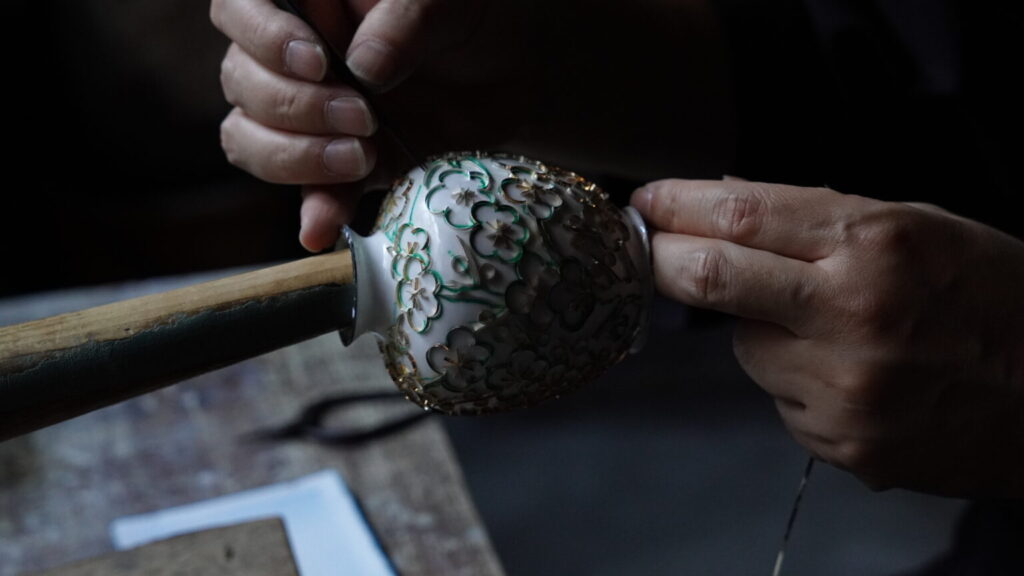
Sakura-Adorned Vases: A Celebration of Nature’s Beauty
Among the array of Japanese cloisonné vases, those adorned with sakura (cherry blossom) motifs stand out as emblematic pieces. The sakura holds deep cultural significance in Japan, symbolizing the ephemeral nature of life and the beauty found in fleeting moments. Vases featuring sakura designs capture this essence, evoking a sense of serenity and appreciation for the cycles of nature.
As you gaze upon a cloisonné vase adorned with delicate sakura blossoms, you can almost feel the tranquility of a springtime stroll beneath blooming cherry trees. The meticulous craftsmanship and vibrant enamel hues bring the sakura to life, preserving its beauty for generations to come.


Preserving a Legacy: Japanese Cloisonné Vases in Modern Times
In the fast-paced digital age, the appeal of Japanese cloisonné vases endures as a reminder of the timeless value of artistry and cultural heritage. Collectors and enthusiasts alike continue to seek these vases not only for their aesthetic allure but also as a connection to a rich artistic tradition. Owning a Japanese cloisonné vase is akin to holding a piece of history, a testament to the artistry that has been cherished for centuries.
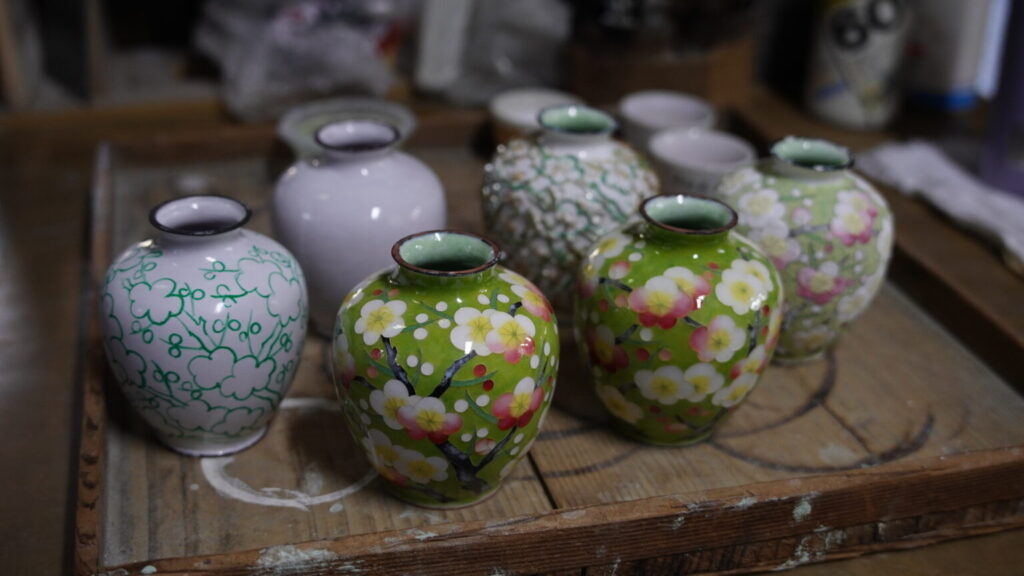
Conclusion
Japanese cloisonné vases are more than just decorative pieces; they are a testament to the enduring bond between craftsmanship and art. Rooted in tradition, these vases showcase the intricate process of cloisonné artistry, bringing forth timeless beauty and cultural significance. Whether adorned with sakura blossoms or other motifs, these vases captivate the eye and stir the soul, preserving the essence of Japanese craftsmanship for generations to come.
